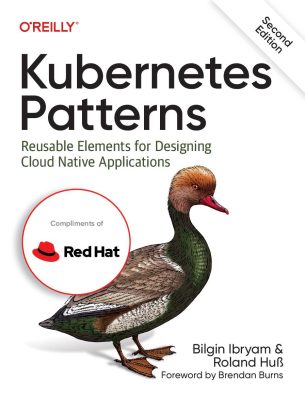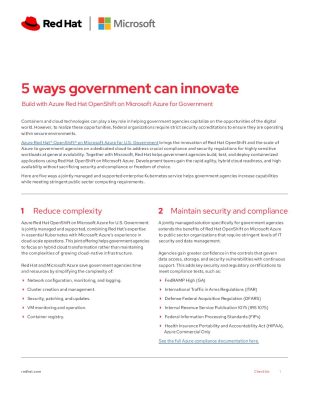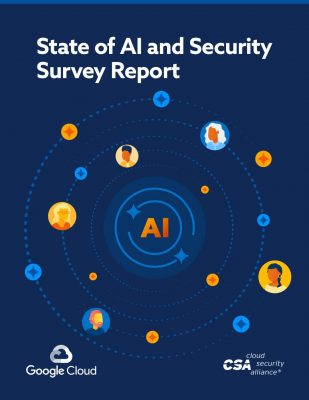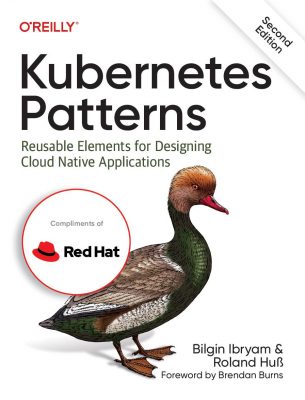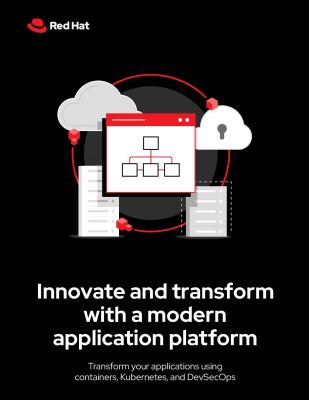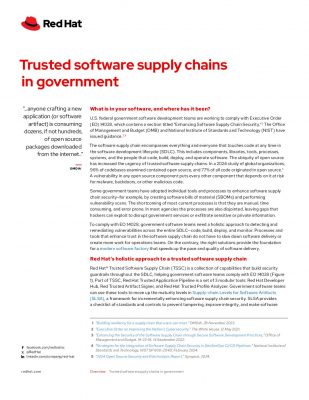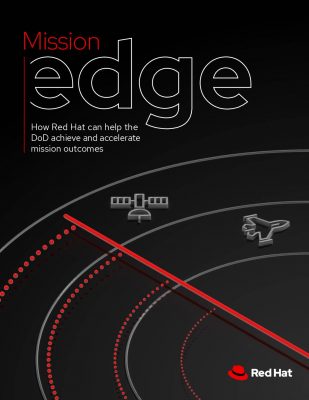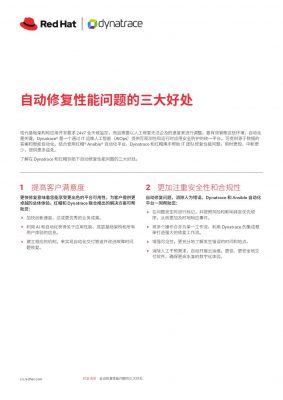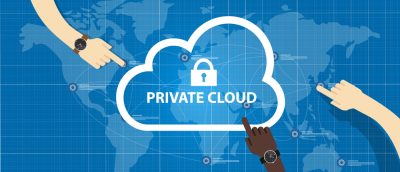Highlights:
- Businesses must come to terms with the fact that they will have to choose between cloud-based or on-premises.
Deciding between a cloud environment and on-premises can be a very complex process. But to be true, there’s no one-size-fits-all approach, and much depends on what’s important to an organization. For starters, a business’ requirements should be considered and analyzed to tip the scale towards one approach to the next.
In this blog, we’ll explore the advantages and disadvantages of on-premise and cloud infrastructure and help you choose one. But before we get started, let’s clarify some of the basics.
What is on-premises architecture?
In the case of on-premise software, everything from implementation through operation is handled internally, whereby maintenance, security, and updates must also be handled internally. The software is deployed on your servers, mandating the purchase of extra power servers, database software, and operating systems. There’s no third-party intervention here, and an organization takes full ownership.
On-premises advantages
- Connectivity: You don’t need outside things like the internet to get to your servers.
- Cost: The total cost of ownership is less than the cost of making payments regularly if you look at the system’s entire lifecycle.
- Control: Since it’s your hardware, data, and software platform, you own and have complete control over it. Any changes, configurations, and upgrades are done at your discretion.
On-premises disadvantages
- Maintenance: All hardware, software, storage, data backups, and disaster recovery must be maintained on-site. Limited budgets and resources can be a hindrance. This is especially true for small organizations.
- Deployment: The deployment takes longer because the software must be installed on servers and individual computers.
- Cost: There is a high up-front capital cost and support and functionality costs as well.
What is true cloud architecture?
Cloud architecture is a virtual server hosted through cloud computing. Cloud computing is all about the delivery of on-demand computer system resources. Here, there’s no need for active management, and it generally involves applications such as storage and processing power. The advantage is that there is no need to buy additional infrastructure or licenses. The cloud provider maintains the servers, networks, and software in return for a fee. All the information hosted by the vendor can be obtained via a web portal. There are no shared resources but a dedicated private cloud that allows customers to use the platform.
Cloud Software Advantages
- Cost: Since there is no longer a need to maintain on-premises servers, the cost of power and other such resources is eliminated.
- Scalability: Cloud technologies offer greater flexibility because they can be scaled up on demand depending on the organization’s needs.
- Affordability: There are no upfront costs associated with cloud hosting. Instead, modest payments are required to be made on a regular basis like any operating expenses. This covers maintenance, support services, daily backup charges, and licensing fees.
- Deployment: Cloud software can be deployed in just hours or days without needing a physical server because it is done over the internet.
- Accessibility: With cloud software, users can use any device or a web browser to access apps anytime, from any location.
- Security: Cloud service providers implement security procedures that the business would find exceedingly stringent if they were to be carried out internally. Therefore, the better the measures, the better security it offers.
- Maintenance: Since it’s hosted software, you don’t have to worry about or spend time maintaining the software or the hardware it’s installed on. Compatibility and upgrades are taken care of by the cloud service provider.
Cloud software disadvantages
- Costs: The total ownership cost may be higher than the price you pay upfront if you look at the entire lifecycle of the system.
- Customizable: A cloud solution may not always be the best for developers with complex needs.
- Connectivity: If you want to be productive, you always need to have access to the internet that you can trust at all times.
Choosing between the cloud and on-premises infrastructure
The choice is tough but ultimately boils down to the needs of an organization and the resources it holds. The questions mentioned below may help make a choice.
How much control do you need?
Imagine how a cloud outage will affect your firm. Mission-critical services require high availability, so you would not want to keep them in the cloud. That being said, cloud services can be configured with high reliability. On the other hand, there’s always a cap on reliability and scalability in the case of on-premises infrastructure. It’s best to do a risk assessment to gauge what your organization can live with, given its internal capabilities.
What are the cost trade-offs?
The limitations, capabilities, and costs depend on the infrastructure you want to develop and run your applications. It’s a tough call to calculate and compare costs for on-premises and cloud computing. Some investments call for huge upfront costs for infrastructure, but in the long-run, they should cost less. It’s essential to run many workloads on the cloud, but others do not.
Whom do you trust?
While taking a call between on-premises and cloud-based infrastructures, security is a prime concern. In the case of on-premise, you can own and manage your security, and in the case of cloud-based computing, the focus is less on security and more on your product or business.
Both architectures handle security differently. In the case of on-premise, it’s the responsibility of the IT teams to take care of security. Cloud providers abstract this away. Maintaining physical control of your hardware may appear to be secure, but cloud providers are security experts.
In conclusion
Not all programs can be accessed in either manner; the business has little choice but to select the application they are confident will fulfill their requirements. Businesses must come to terms with the fact that they will have to choose between cloud-based or on-premises.
Given the similarities between the two, the decision to choose between the two is quite tricky. It is generally suggested that small businesses with limited capital opt for on-demand and subscription-based cloud data centers. Organizations with sufficient capital and resources often need to exercise complete control and employ great security. They must go for in-house data centers.
